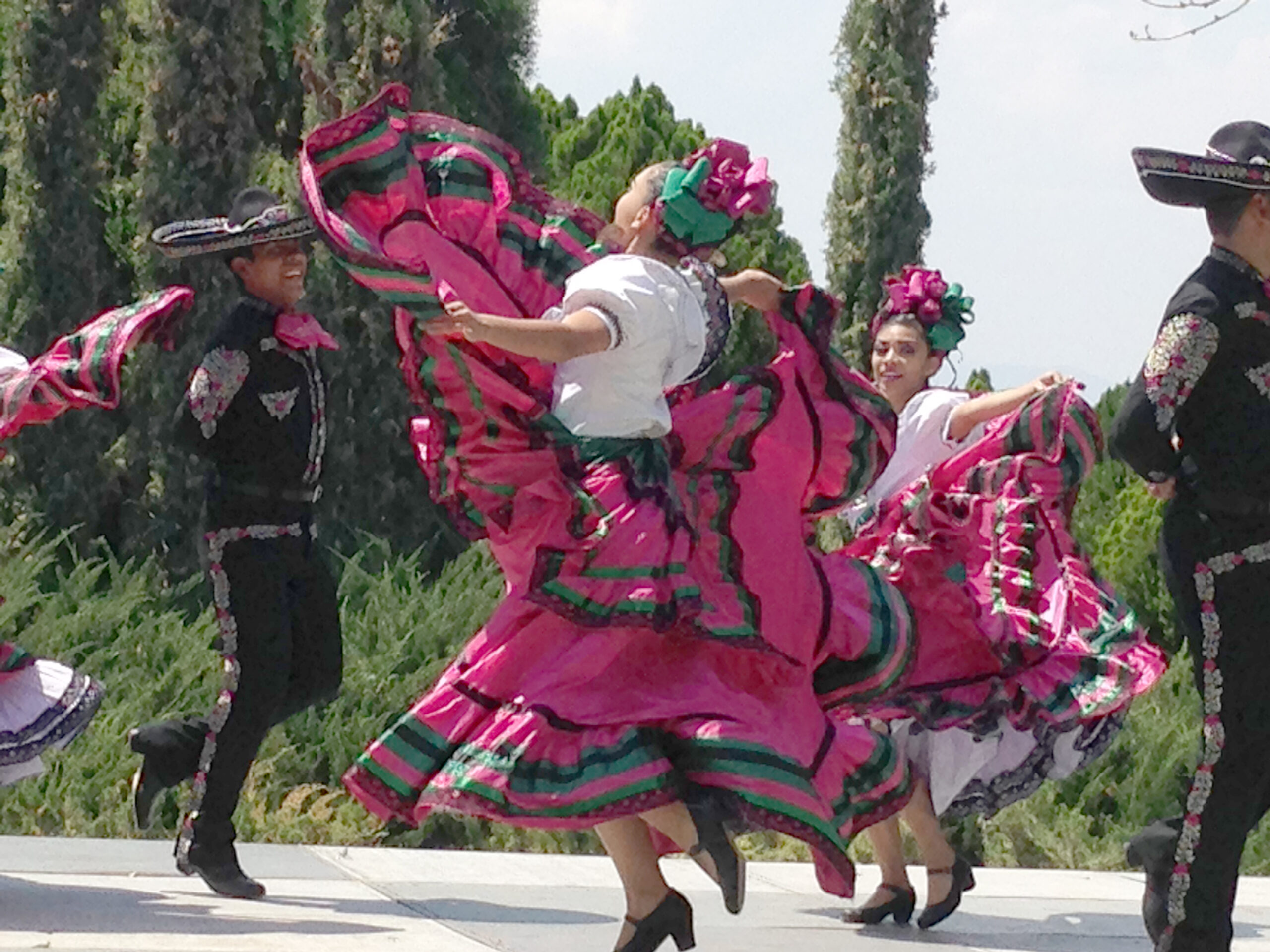Cinco de mayo – What if?
May 17th, Syttende Mai, the Norwegian Independence Day, screams out to be recognized as I write this month. It represents a “northern” side of my book, Northern Shores, Southern Borders. The month of May also holds a southern celebration: Mexico’s Cinco de Mayo.
I didn’t know about Syttende Mai, until I moved to Minnesota. I discovered lefse, Sons of Norway banquets, sales of flags and signs cautioning, “Norwegian Crossing.” Mexico’s celebration didn’t come to the north woods until decades later.
Cinco de mayo now flourishes in the U.S. with no particular understanding beyond beer, guacamole, the Mexican Hat dance, and more recently, inclusion on calendars moving toward diversity. It is assumed to be Mexico’s Independence Day. Not so.
Mexico celebrates its independence from Spain on September 16th. This declaration dates to 1810 with Padre Miguel Hidalgo’s “Grito de Dolores!” That year, Father Hidalgo rang the bell from his church, gathering a group of machete wielding campesinos into revolution. So, what is this “5 de mayo” hoopla, if not independence?
In 1861 while the U.S. focused on its Civil War rumblings, the Mexican’s were fighting to maintain their autonomy. The invaders? The FRENCH.
The French? Yes, the French! In 1861, the French invaded Mexico for the second time. Yes, the second time. The first, in 1838, was called The Pastry War, reported to be started when a French chef living outside of Mexico City claimed some Mexican military officers damaged his restaurant. The Mexicans lost and paid 600,000 pesos in reparation, one expensive pastry!

Austrian Archduke Ferdinand Maximilian
In the ensuing years, Mexico went into debt, borrowing from Spain, Britain and France. Spain and Britain worked out a deal, but France, under Napoleon III, sent in Austrian Archduke Ferdinand Maximilian to be Emperor. Maximiliano, a bonafide, French-speaking, fashion conscious, architecture changing, Napoleonic puppet ruled Mexico. Spoiler alert: it didn’t turn out well for him.
Benito Juarez, the only indigenous President of Mexico (Yes, indigenous) was faced with 6,000 French troops landing in Veracruz. French General Charles Latrille de Lorencez and company, marched toward Puebla. Juarez rallied a mishmash of 2,000 to fortify the small town. General Ignacio Zaragoza and his rag-tag recruits pushed back, a resounding win for Mexico. The battle took place on May 5, 1862. Ta-da! CINCO de MAYO!!
Food for thought: What if Juarez’ troops had lost? Would Mexican’s be speaking French? More seriously, what if the French had won, putting slavery back into Mexico during the U.S. Civil War?
I have a favorite “what if” from earlier in Mexico/U.S. linked history. In 1848, “what if” General Santa Anna’s career had taken a different turn? Remember the Alamo? That little, yet hugely decisive battle changed everything. General Santa Anna won at the Alamo, but later lost one-third of Mexico’s territory (New Mexico, Utah, Arizona, Colorado, and parts of Montana) under the Treaty of Guadalupe Hidalgo. The 49ers – not the sports team, but the gold miners – would have been digging in Mexico without this change of borderlines. THE GOLD RUSH ended up on U.S. soil due to a piece of paper. “All that gold in California” would have landed in Mexican, not Beverly Hills banks, “in somebody else’s name.” (Gatlin Brothers lyrics changed here)
Seldom do we think in terms of connected history. As we entered the Civil War, Mexico was fighting to maintain its sovereignty and its anti-slavery laws. The 1849 Gold Rush could have been on Mexican turf, turning the tide of wealth. Moments in history.
Cinco de Mayo. A moment in history. A combined history, now celebrated more to the north! How did that come to be?
Beer. I’d like to report a lofty motivation, but it was the sale of beer.
California began commemorating the Battle of Puebla in 1863. The rest of the United States caught the wave in the 1980s. By then, the term Chicano was popular among Mexican-Americans as a symbol of pride and activism. Think Cesar Chavez and Dolores Huerta. It also opened the door to promotional sales of Mexican cervezas.
For the next Cinco de mayo celebration, you might want to learn: “Una cerveza, por favor,” followed closely by: “Dónde está el baño?” – a companion phrase needed after you’ve had one or two.

As you sip your drink of choice (mine being a margarita), think of how each historical moment is linked to the next. How one person’s actions can change history. How our foods, the language we speak, and our social class might be connected to:
Cinco de mayo! Feliz día!


Very interesting, Jan…Thanks!
Carol&Pete.